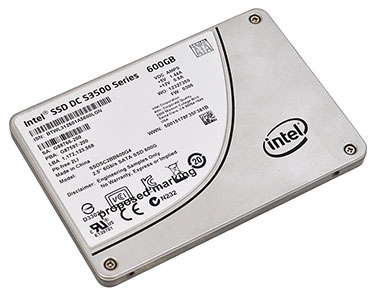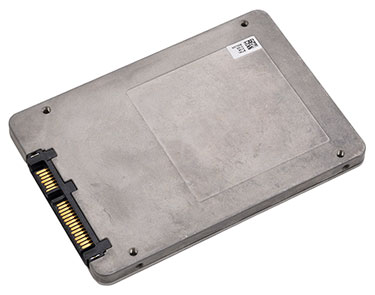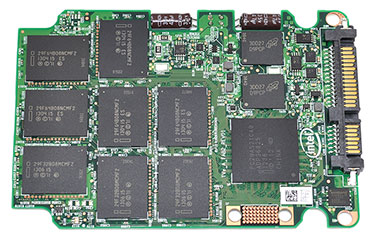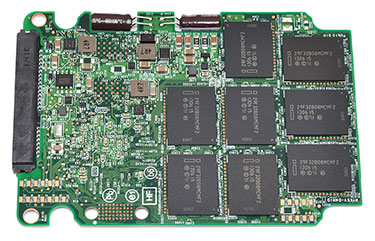Introduction
Intel's DC S3700 ranks as one of the most impressive SSDs we've seen in recent years. Aimed at Data Centre environments, the drive lived up to its enterprise billing with a raft of security features allied to high speeds and, most importantly, consistent performance.
Trouble is, the DC S3700 doesn't come cheap. With prices ranging from £180 for a small 100GB drive to a lofty £1,500 for the range-topping 800GB model, Intel's S3700 is out of reach for many businesses. Knowing that a single drive won't meet the requirements of every data centre, the firm has extended the reach of the DC-Series range with a second-rung model dubbed the S3500.
In keeping with its predecessor, Intel's new addition is available in a choice of 1.8in or 2.5in form factors, and is aimed squarely at data centre environments. This time around, however, pricing is more agreeable, with an entry-level 80GB model starting at £100, while the 800GB version can be found for under £900 - that's almost half the price of an equivalent S3700.
Seems too good to be true, as the S3500 is touting many of the features available to its sibling. Once again, low latencies and tight IOPs distribution is key to the drive's make-up, with Intel still promising to deliver maximum read latencies of <500μs, 99.9 per cent of the time.
It's this level of predictability that makes the DC-series drives stand out. Generally speaking, most SSDs suffer from performance degradation over time, and various forms of garbage collection - the process of reading and rewriting data to flash memory to free up blocks - can result in performance dips and fluctuating latencies. The innovative S3700 has shown that this needn't be the case, and the S3500 should continue in the same vein.
Opening up the DC S3500 shows that the drive has plenty in common with the premium S3700. Intel is using the same custom-designed, eight-channel SATA 6Gbps processor - model #PC29AS21CA0 - along with its own in-house firmware.
Using the same core technology gives both DC-Series products a familiar feature set that includes parity checks, cyclic redundancy checks (CRC), logical block address (LBA) tag validation and support for 256-bit AES encryption. The drive's clearly geared for enterprise use, and comes equipped with a pair of integrated capacitors that hold enough charge for cached data to be written to NAND in the event of a power failure.
Speaking of cached data, one of the features that enables the DC-series drives to offer incredible consistency is a mapped indirection table, and the S3500 includes a large cache to store the relevant data. The 600GB model, pictured above and priced at roughly £650, incorporates a pair of 512MB DDR3 memory chips, combining to create a 1GB onboard cache.
There are similarities throughout, but what sets the S3500 apart from the S3700 is the type of NAND used. Whereas the S3700 comes armed with premium 25nm High Endurance Technology MLC NAND, the S3500 carries regular 20nm MLC NAND, resulting in three noteworthy reductions; endurance; write performance; and, of course, price.

Perusing Intel's specification sheet reveals how significant the changes are. Whereas high-endurance NAND gave the 800GB S3700 a lifetime endurance of 14.6 Petabytes, the 800GB S3500 carries an endurance rating of 450TB. That's a massive gap, but it's worth pointing out that the S3700's lofty endurance is overkill for most usage scenarios.
Random 4KB write performance takes a hit, too, with the S3500 topping out at up to 11,500 IOPs, compared with up to 36,000 IOPs for the S3700. It's easy to see why the S3700 remains a premium choice, and though the S3500 shares many of the drive's features, it's clear the two product lines aren't quite of the same calibre.
Yet, the use of cheaper NAND makes the S3500 available to a much wider audience, and where the drive really makes sense is in read-intensive environments such as search and content delivery. It's in these scenarios where the S3500 stands out as a massive upgrade over the ageing Intel 320 Series.
For users without write-intensive workloads, the S3500 may well be the more logical choice. Question is, can it deliver the same level of consistency that's on offer from the S3700?













